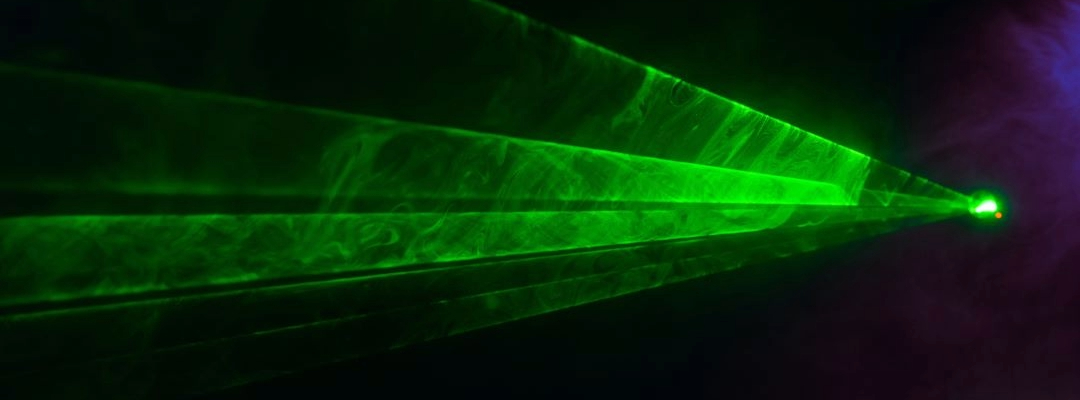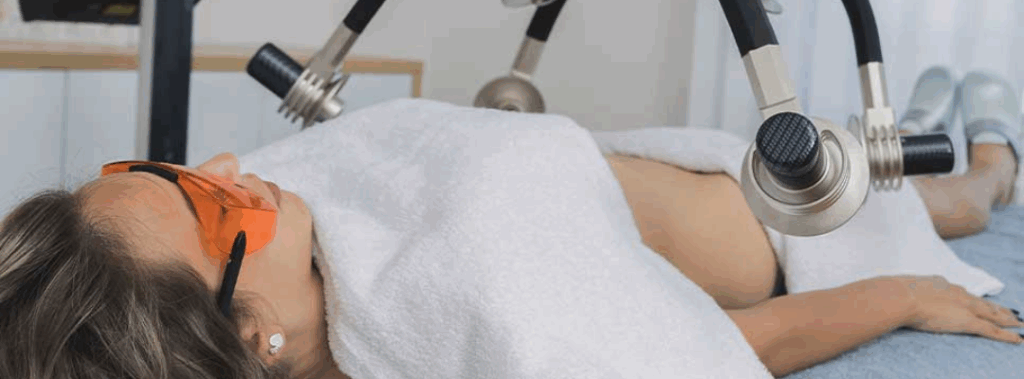
In today’s rapidly advancing medical field, innovative technologies continue to revolutionize patient care and treatment outcomes. One such technology that has gained significant attention and proven effectiveness is green wavelength low-level laser therapy. In this article, we will explore the benefits, applications, and implementation of green wavelength lasers in medical practice.
Introduction
Low-level laser therapy (LLLT) utilizes light wavelengths to stimulate cellular processes and promote healing. Green wavelength lasers, specifically, have gained popularity due to their unique properties and therapeutic benefits. Let’s delve into what sets them apart and how they can enhance patient care.
Understanding Green Wavelength Low-Level Laser Technology
Green wavelength lasers operate within a specific frequency range, typically between 510 and 570 nanometers. This range offers distinct advantages over other types of lasers. Green lasers penetrate tissue more effectively, allowing for deeper tissue reach and improved targeting of specific areas. They are also well-absorbed by blood, making them ideal for circulatory-related conditions.
Compared to other lasers, green wavelength lasers emit a lower level of thermal energy, reducing the risk of thermal damage or discomfort for patients. This makes them safer and more tolerable across various patient populations.
Applications in Medical Practice
Green wavelength low-level lasers find applications across a range of medical fields, including but not limited to dermatology, physical therapy, chiropractic care, and sports medicine. Their versatility allows for the treatment of chronic pain, musculoskeletal injuries, wound healing, and dermatological conditions – as well as targeted fat loss.
For instance, patients with arthritis can benefit from green wavelength laser therapy as it helps improve range of motion, decrease pain and inflammation, and promote tissue regeneration. In dermatology, green wavelength lasers effectively target vascular and pigmented lesions, making them valuable tools for treating conditions like rosacea, spider veins, and melasma.
Implementing Green Wavelength Low-Level Lasers in Your Practice
Integrating green wavelength laser technology into your practice requires careful consideration and planning. Here are some steps to guide you through the implementation process:
- Research and Education: Familiarize yourself with the latest research, clinical guidelines, and best practices regarding green wavelength laser therapy. Attend conferences, workshops, or webinars to expand your knowledge and gain insights from experienced practitioners.
- Equipment Selection: Choose reliable and high-quality green wavelength laser devices that meet your practice’s specific needs. Consider factors such as portability, user-friendliness, and treatment versatility.
- Training and Certification: Ensure proper training and certification for yourself and your staff to safely and effectively administer green wavelength laser treatments. Certification programs are available that provide comprehensive education on laser safety, treatment protocols, and patient management.
- Integration with Workflow: Evaluate your practice workflow and determine how green wavelength laser therapy can be seamlessly incorporated. Establish treatment protocols, scheduling considerations, and patient documentation processes.
- Patient Education: Educate your patients about the benefits and potential outcomes of green wavelength laser therapy. Ensure they have a clear understanding of the treatment process, expected results, and any necessary pre- or post-treatment instructions.
Benefits for Patients and Practitioners
Implementing green wavelength low-level laser technology can provide numerous benefits for both patients and practitioners.
For patients:
- Decreased pain and inflammation
- Improved range of motion and mobility
- Accelerated tissue healing and regeneration
- Minimized scarring and improved wound closure
- Treatment of stubborn fat
- Enhanced overall well-being and quality of life
For practitioners:
- Expanded treatment options and greater versatility
- Improved patient satisfaction and loyalty
- Potential revenue growth through additional service offerings
- Differentiation from competitors through advanced technology implementation
- Enhanced professional reputation and expertise
Conclusion
Green wavelength low-level laser technology offers immense potential for enhancing patient care and treatment outcomes. By implementing this innovative therapy into your practice, you can revolutionize the way you approach various conditions and optimize patient outcomes.
Remember, each patient is unique, and treatment plans should be tailored to individual needs. As you embark on this journey, continue to stay updated with the latest research and advancements in green wavelength laser therapy. Embrace the possibilities, explore the benefits, and open new doors to improved patient care through the integration of green wavelength low-level laser technology.
To learn more about green wavelength low-level laser devices and their benefits, explore full product descriptions, treatments, and specifications of our new GVL Laser and Emerald Laser. Embrace the power of green wavelength lasers and elevate your practice’s potential for exceptional patient care and treatment outcomes.



